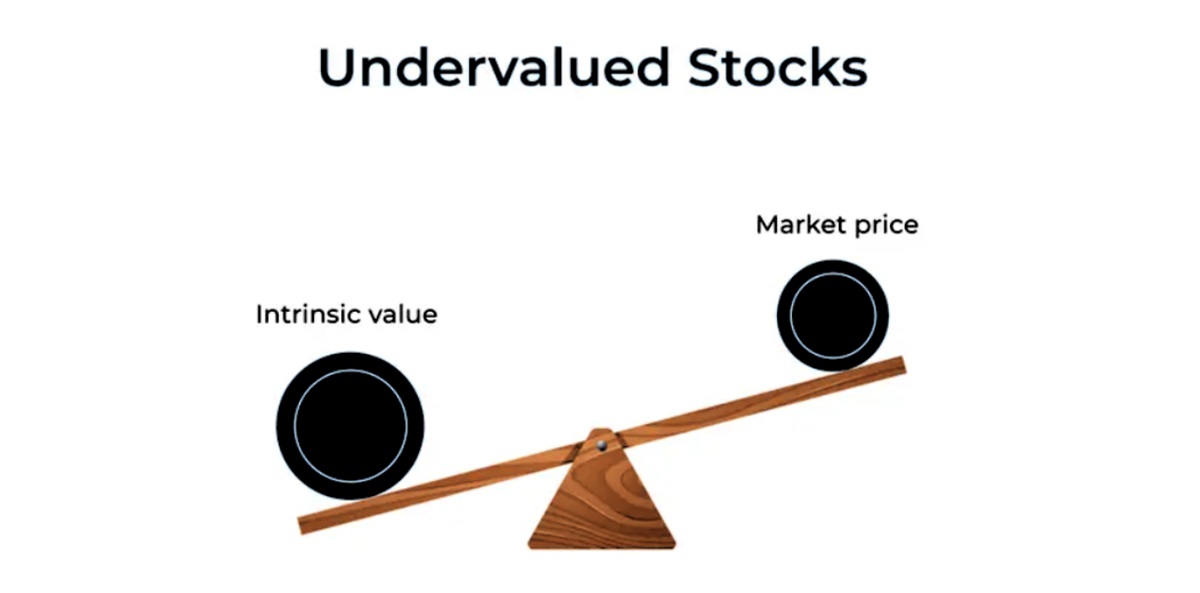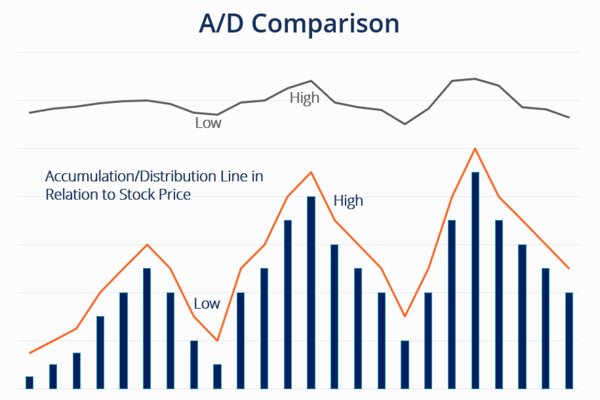If you want to make your mark in the stock market, one of the smartest ways to do so is by spotting undervalued stocks—those whose market price doesn't reflect their true worth. The idea is simple: buy these stocks at a lower price and wait for the market to realise their potential, which can lead to significant profits. But how do you find these diamonds in the rough? Let's break it down and take you through the process of uncovering undervalued stocks in a way that's easy to understand and practical for beginners.
What Makes a Stock Undervalued?
An undervalued stock is one that is priced lower than its intrinsic value based on the company's fundamentals. There are various reasons why a stock might be undervalued: it could have been overlooked, or it may have faced temporary setbacks that caused its price to fall. The key to making a successful investment is recognising these opportunities before the broader market catches on, allowing you to buy at a discounted price and potentially sell at a higher price once the stock's value is realised.
 However, identifying undervalued stocks requires more than simply selecting low-priced shares. It involves thorough research, understanding the financial health of companies, and being prepared to hold onto those stocks until the market catches up with their true value.
However, identifying undervalued stocks requires more than simply selecting low-priced shares. It involves thorough research, understanding the financial health of companies, and being prepared to hold onto those stocks until the market catches up with their true value.
How to Spot Undervalued Stocks: The Fundamentals
The process of fundamental analysis is essential when identifying undervalued stocks. This involves evaluating a company's financial health, business model, and growth potential. By focusing on these factors, you can determine whether a stock is underpriced relative to its true worth.
Earnings Growth and Revenue Trends
One of the first aspects to examine is a company's earnings growth and revenue trends. A company that consistently shows growth in its earnings and revenue is typically in a strong position. If the stock price drops temporarily due to external market conditions or a minor setback, this could be an opportunity to purchase the stock at a lower price before others realise the company's strength.
For example, if a company has demonstrated steady earnings growth over the past five years but faces a temporary decline in its stock price due to a market-wide sell-off, this could indicate that the stock is undervalued, provided the company's fundamentals remain intact.
Comparing Historical Performance
Another method for spotting undervalued stocks is to compare historical performance with current stock valuations. If a company has had a history of consistent growth, but its stock price is currently lower than its expected valuation, it may be undervalued. This is particularly true when the company's financials still show strong earnings or revenue growth, but external factors have caused the price to drop.
Consider a company that has consistently increased its revenue over the years but whose stock price is suddenly lower than its historical average. This could be an indicator of undervaluation, especially if the market's concerns are unrelated to the company's long-term financial health.
Screening Tools and Techniques: Making the Search Easier
Once you grasp the basics of fundamental analysis, you can use screening tools to help narrow down the list of potential undervalued stocks. Stock screeners are online platforms that allow you to filter stocks based on specific criteria, such as price-to-earnings (P/E) ratios, dividend yields, and revenue growth. These tools are particularly useful for beginners, as they help quickly identify stocks that meet specific investment criteria.
For example, you might use a stock screener to find stocks with a low P/E ratio, which could indicate that the stock is undervalued. Additionally, filters for dividend yield and debt levels can help identify financially stable companies with growth potential.
While stock screeners are helpful, it is also important to stay informed by following financial news and analyst reports. Market conditions can change rapidly, and keeping an eye on the latest developments can help you identify undervalued stocks before the broader market realises their potential.
Case Studies: Successful Undervalued Stock Picks
Enough theory—let's dive into some real-life success stories.
One great example is Match Group. This company, which operates popular dating apps like Tinder and Hinge, was trading at what many believed to be a significant discount to its intrinsic value. Despite solid fundamentals, including consistent profitability and a high-margin subscription-based model, the stock faced market pessimism due to macroeconomic factors. However, by using tools like discounted cash flow (DCF) analysis, traders could see that the company's future cash flows were not fully reflected in its stock price. This led to the discovery that Match Group was potentially undervalued by 30%–50%, offering a fantastic opportunity for those who spotted it.
Another example is Merck & Co. This pharmaceutical giant is known for its blockbuster oncology drug, Keytruda, but it also has a robust pipeline of new treatments in areas like immunology and cardiovascular health. Despite facing competition and regulatory pressures, Merck's strong financials and long-standing history of dividends made it an attractive undervalued stock. Analysts forecasted significant upside potential, and those who invested based on this analysis were rewarded as the stock's value began to be recognised by the market.
So, what can we learn from these success stories? First, never underestimate the power of thorough research. Combining fundamental analysis with the insights from screening tools and financial news can uncover hidden opportunities. Second, be patient and trust your analysis. The market doesn't always recognise a stock's true value immediately, but if you've done your homework, you'll be in a good position to benefit when it does. Finally, always keep an eye on the bigger picture. Industry trends, company management, and market sentiment can all play a role in a stock's valuation.
Disclaimer: This material is for general information purposes only and is not intended as (and should not be considered to be) financial, investment or other advice on which reliance should be placed. No opinion given in the material constitutes a recommendation by EBC or the author that any particular investment, security, transaction or investment strategy is suitable for any specific person.


 However, identifying undervalued stocks requires more than simply selecting low-priced shares. It involves thorough research, understanding the financial health of companies, and being prepared to hold onto those stocks until the market catches up with their true value.
However, identifying undervalued stocks requires more than simply selecting low-priced shares. It involves thorough research, understanding the financial health of companies, and being prepared to hold onto those stocks until the market catches up with their true value.



